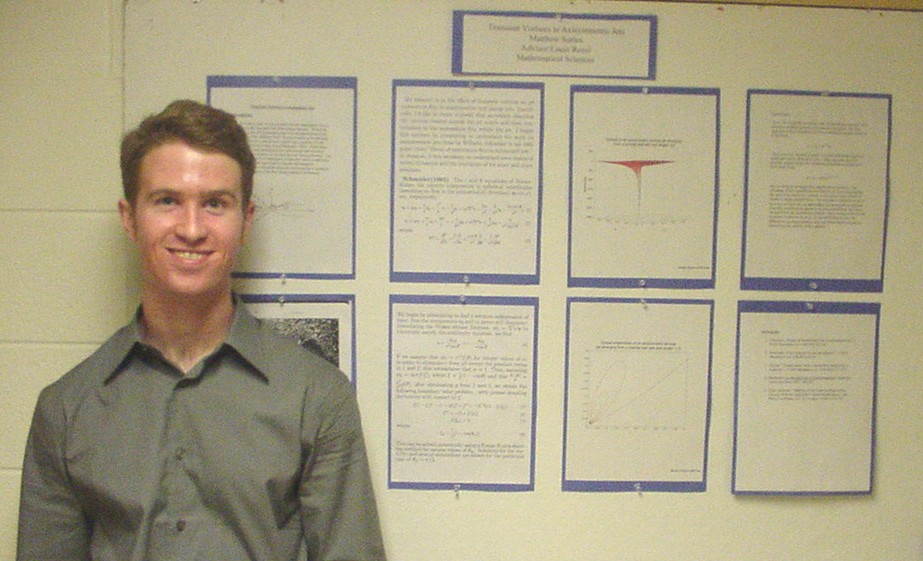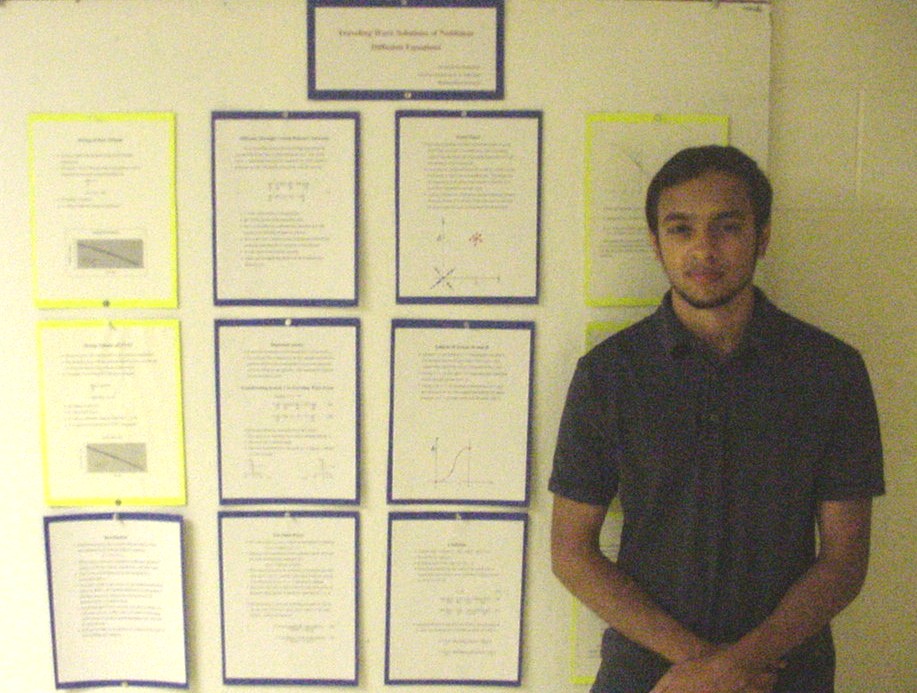Matthew Surles and Louis Rossi,
Department of Mathematical Sciences

For many years, it was accepted that the momentum flux in any jet is
nearly constant with downstream distance. Within the past thirty years,
this assumption has been questioned due to the entrainment of the ambient
fluid. In axisymmetric jets emerging from an orifice in a conical wall,
steady state solutions for the velocity profiles have been found (Schneider
1985). While solutions for the velocity profiles have been found
for laminar and turbulent flows, a stability analysis on the flow has not
been performed. The goal of our research is to determine if transient vortex
instabilities in the jetís boundary layer help to explain the change in
momentum flux as well as the transition from laminar to turbulent flow.
